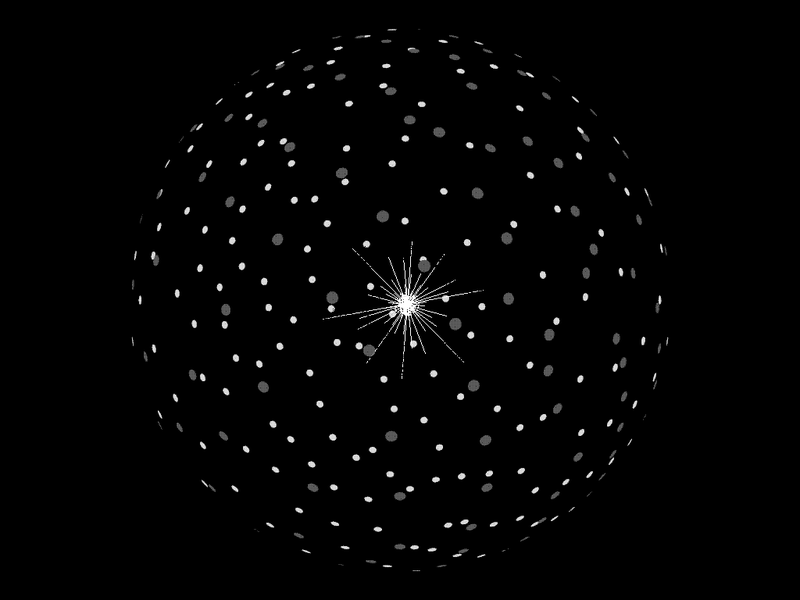The Dyson Dilemma states that every civilization of a great enough development stage will want to capture all of the energy from its home star and surround it with a Dyson Swarm that uses solar panels to capture every last square meter of sunlight. Such a structure should be detectable within 1 kpc and yet our current sky surveys have found bupkis.
Building millions of solar panels in space and dealing with the cosmic rays, solar flares and micrometeorites seems like a real hassle. Having your entire civilization in one location also seems like it would make it vulnerable to interstellar warfare, rogue nanobots, and so on...
On our current technological development timeline, we will have nuclear fusion power well before any Dyson Swarm gets up and running (Decades vs Centuries). The Sun is also extremely inefficient running at 10^4 times slower than any man-made fusion process. It's so slow that, per unit volume, the sun puts out about the same energy as your average compost heap.
A civilization that grows large enough to need a Dyson swarm is going to keep growing to the point where its star's output is no longer fast enough, and it will need to access the hydrogen directly (Starlifting) in order to power all of its fusion reactors.
So why would any alien civilization ever build these Dyson Swarms?

